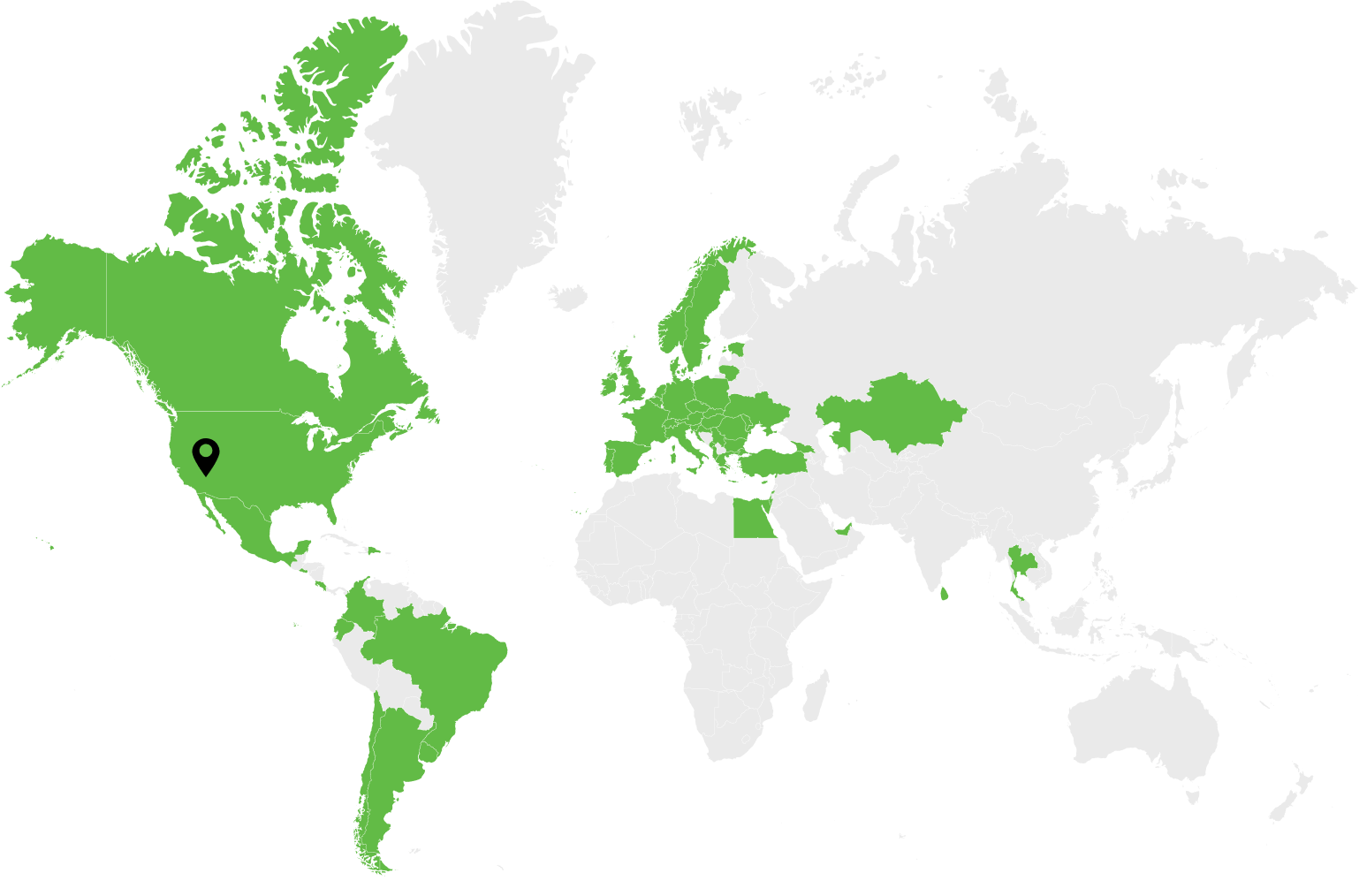With an ever-increasing threat landscape, organizations must pivot and reassess security postures on a regular basis.
Within this context, Zero Trust “centers on the belief that trust is a vulnerability, and security must be designed with the strategy ‘Never trust, always verify.’” The Zero Trust philosophy blends seamlessly with modern application security (AppSec) practices, where a proactive approach is baked into the entire SDLC, including design, deployment, and maintenance.
Whether you work in hospitality or financial services, applications play essential roles in business functions. While you can’t afford to sacrifice the conveniences of modern apps, you also can’t compromise on security.
What is Zero Trust?
Unlike standard cybersecurity practices that trust everyone inside a certain perimeter by default, Zero Trust evaluates access based on calculated risk scores. In turn, access privileges are adjusted dynamically with an entity’s risk profile and the importance of requested resources.
The following principles form the foundation of Zero Trust:
- Assume Breach: Operate under the premise that threats already exist within the network, enforcing default access restrictions and continuous threat detection.
- Always Verify: Trust is never implicit. Users, devices, and sessions are consistently authenticated and authorized, regardless of prior validation.
- Least Privilege: Access is restricted to only what is necessary for users, devices, and applications to perform their intended functions.
How Does Zero Trust Apply to Application Security?
Of the foundational elements of Zero Trust, the notion of assuming breach is the most pertinent to AppSec. As IBM explains, AppSec is “An ongoing process rather than a single technology…encompassing practices that prevent unauthorized access, data breaches, and code manipulation of application software.” By operating under the premise that threats already exist in the SDLC, AppSec avoids costly mistakes like insecure code practices, insufficient testing, or a lack of real-time monitoring.
Common Security Risks in Modern Applications
From healthcare or retail, modern applications face a range of security threats that can compromise data and disrupt services.
Complex System Design
Especially for enterprise-sized organizations undergoing digital transformation, there is a tendency to blend legacy, cloud-based, and third-party solutions. When systems grow so complex, it’s difficult to completely secure diverse endpoints like servers and IoT devices. In such situations, traditional perimeter-based security defenses often fall short in keeping applications secure.
Identification & Authentication Failures
Without dynamic Identity and Access Management (IAM) controls in place beyond perimeter security, it’s much easier for attackers to penetrate applications. With traditional login credentials like usernames and passwords serving as the last line of defense, applications are left vulnerable. A recent Google study reports that 86% of breaches occur due to compromised credentials.
Cyber Attacks
Injection attacks in applications have been responsible for some of the largest data breaches in history. For example, in 2024, the hacker group Resumelooters “created a fake employer profile on a recruitment website and injected an XSS script using one of the fields in the profile.” Resultantly, they penetrated “several databases containing 2,079,027” records of sensitive personal information.
Marrying Zero Trust & AppSec
Marrying Zero Trust principles with AppSec means embedding security into every phase of the SDLC, from planning to maintenance.
Role-Based Access Control (RBAC)
In Zero Trust IAM frameworks, Role-based access control (RBAC) only grants individuals access needed to complete specific tasks, thus satisfying the least privilege principle. For example, a junior application developer doesn’t require the same level of access as a lead software engineer. Within RBAC systems, Ping Identity explains, “Roles can be defined by criteria such as authority level, responsibility, job title or status (employee vs. contractor) as well as task-based needs (viewing vs. editing rights).”
Secure Coding Frameworks
The practice of securing coding frameworks is a great example of how Zero Trust informs AppSec. As a part of DevSecOps best practices, security is integrated directly into the coding phase so threats are addressed early in the project. AppSec in coding includes continuous automated checks during build and integration, secure code reviews, and secrets scanning.
Filling Knowledge Gaps
Zero Trust isn’t just about technology. It’s a strategic mindset that must be embraced throughout your organization. With 63% of enterprises adopting Zero Trust as a key strategy to prevent data breaches, it’s critical to get your team up to speed on this important principle. To stay ahead of the threat landscape, Zero Trust knowledge gaps must be accounted for via avenues like training, hiring, and outsourcing.
Conclusion
The beautiful thing about Zero Trust is that once your system is in place, protecting valuable digital assets becomes much easier. Even better, by assuming breach, you don’t have to lose sleep at night worrying about a hacker who penetrated your perimeter and is moving about undetected.
No matter if it’s a booking tool for a hotel chain or an account management interface for a digital bank, apps play pivotal roles in core business functions. While a good user experience is essential, you can’t afford to sacrifice security for convenience. By embedding safeguards into every phase of the SDLC, Zero Trust and AppSec ensure robust protection from the ground up.
Develop Secure Apps with Dev.Pro
As an industry-leading outsourcing firm, Dev.Pro bakes security into every phase of the SDLC. Our AppSec services include consulting, threat modeling, full-spectrum testing, and more.
Schedule a consultation to learn more.

